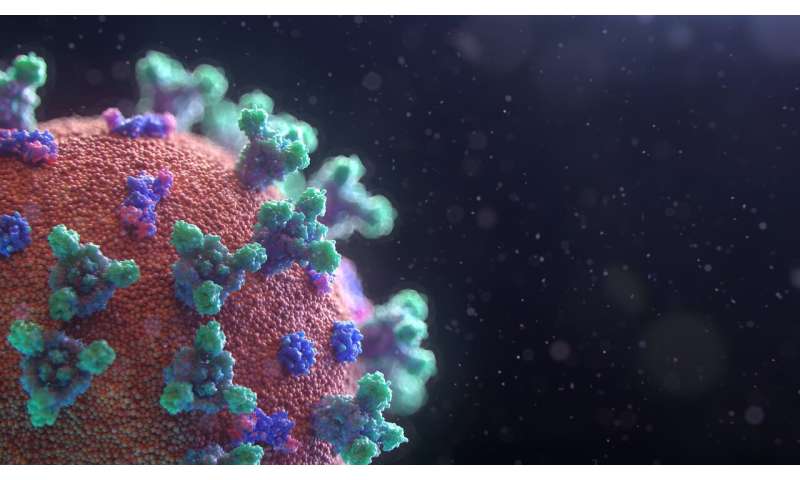What’s the difference between asymptomatic and presymptomatic spread of coronavirus?


With evolving updates from the World Health Organization and the Centers for Disease Control and Prevention in Atlanta about the novel coronavirus, there may be some confusion about the ways it can spread.
There is a difference between asymptomatic and presymptomatic spread of the virus, which causes the disease COVID-19. Here’s a breakdown of the differences and some questions people might have about them.
WHO defines asymptomatic spread as when transmission occurs by people who do not have symptoms and will never get them. But these infected carriers could still get others sick.
Conversely, presymptomatic spread is transmission by people who don’t look or feel sick but will eventually get symptoms later.
Can people spread the coronavirus if they don’t have symptoms?
According to NPR global health correspondent Jason Beaubien, the answer is yes.
“There’s documented evidence of people who are not showing any symptoms transmitting this virus to others,” he told NPR. “And there are studies in laboratories that have also found that there’s transmissible virus in infected people who have not yet gotten sick or may never get sick with COVID.”
How is it possible to spread the coronavirus without symptoms?
People can release droplets from their mouths with they cough or exhale, and that could spread the virus if someone inhales those droplets.
“When you speak, sometimes you’ll spit a little bit,” Anne Rimoin, an epidemiology professor at UCLA’s School of Public Health told CNN. “You’ll rub your nose. You’ll touch your mouth. You’ll rub your eyes. And then you’ll touch other surfaces, and then you will be spreading virus if you are infected and shedding (the virus).”
Is there a way to tell if someone is asymptomatic or presymptomatic?
Since both carriers appear and feel normal, you can’t tell the difference between the two. However, symptoms will show up in presymptomatic carriers later on.
“Detailed contact tracing from Taiwan as well as the first European transmission chain in Germany suggested that true asymptomatics rarely transmit,” Babak Javid, a principal investigator at Tsinghua University School of Medicine in Beijing and an infectious disease consultant at Cambridge University Hospitals, told the outlet.
“However, those (and many other) studies have found that paucisymptomatic transmission can occur, and in particular, in the German study, they found that transmission often appeared to occur before or on the day symptoms first appeared,” Javid added.
How you stay safe if you can’t tell the difference between carriers
The CDC continues to recommend that people wear cloth face coverings to help slow the spread of the virus. WHO has also updated its guidance on wearing masks in public spaces when social distancing is not possible.
Source: Read Full Article